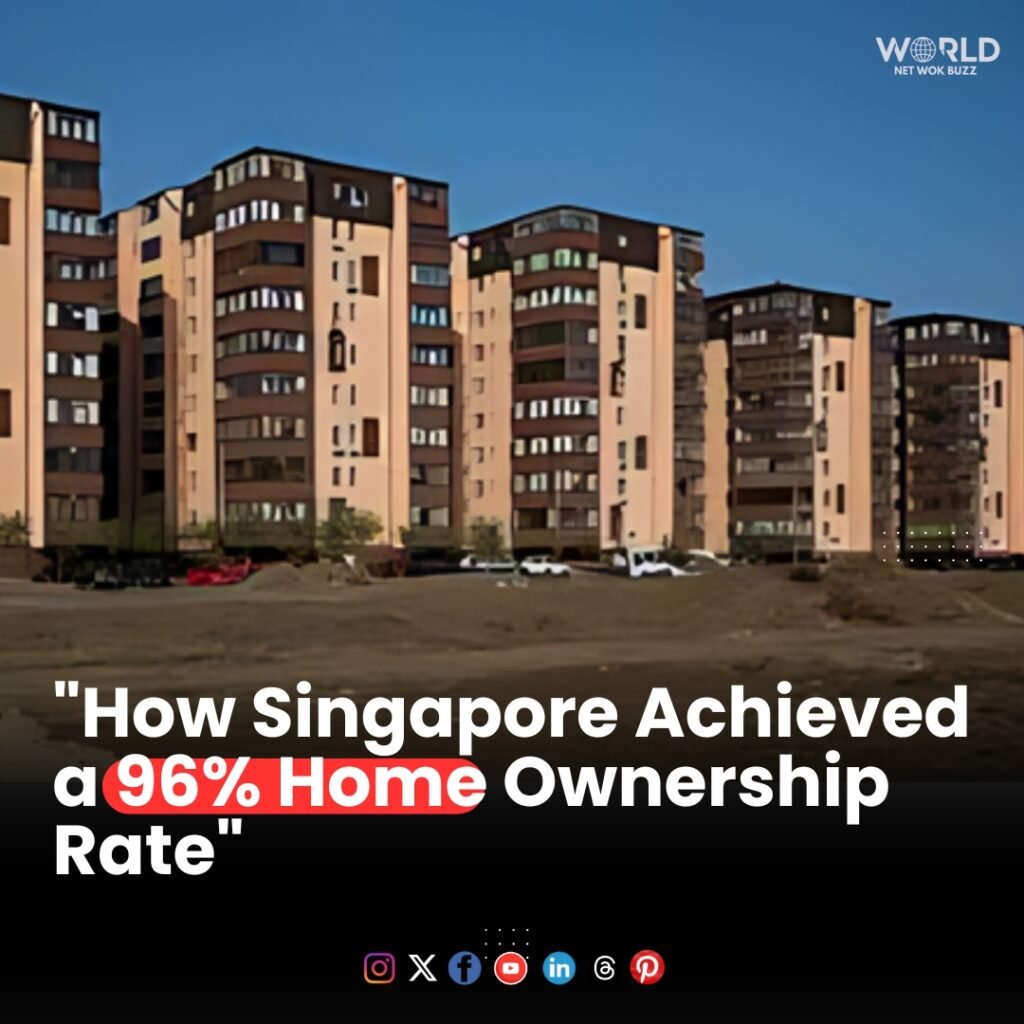Add Your Heading Text Here
Lorem ipsum dolor sit amet, consectetur adipiscing elit. Ut elit tellus, luctus nec ullamcorper mattis, pulvinar dapibus leo.

The Slovak Housing Dream
In Slovakia, becoming a homeowner is not only a goal but a fundamental aspect of the country’s character. In sharp contrast to many other countries where renting is more frequent, the nation has one of the highest rates of owning in the world.
The historical background and socioeconomic policies of the nation can be linked to this phenomenon. Private property was restricted and housing was mostly under governmental control throughout the communist era. Slovakia, like many other former Eastern Bloc nations, had a dramatic shift following the fall of communism in 1989. Homeownership options multiplied as a result of privatization and market reforms, and many residents seized the opportunity to become property owners.
The Role of Government Policies
This high homeownership rate has been fostered in large part by government programs. For example, the Slovak government has put in place a number of programs, including subsidies and affordable housing developments, to assist first-time homebuyers. People may now buy homes more easily thanks to these policies, especially in a nation where costs are lower than in other European countries.
Furthermore, the Slovak banking industry provides advantageous mortgage conditions, such as long payback terms and cheap interest rates. Together with a steady and expanding economy, this financial assistance has inspired more people to make real estate investments.
The Impact on Society
Slovakia’s high homeownership rate has benefited society in a number of ways. One benefit is that it has enhanced residents’ feelings of stability and security. The sense of permanency and connection that comes with owning a house is frequently linked to improved personal and communal well-being.
Furthermore, homeownership has been connected to other positive societal effects, such as improved health and higher levels of education. People are more inclined to give back to their communities and participate in local activities when they have a stable and safe place to reside.
Challenges and Future Outlook
Even with all of the advantages, there are drawbacks to such high rates of homeownership. For instance, there are doubts over this trend’s long-term viability, particularly in light of shifting housing laws or economic volatility. Affordability of housing and accessibility for future generations are further issues.
To guarantee that all Slovak people may still become homeowners, the government will need to keep modifying its laws. This might entail striking a balance between policies aimed at addressing possible problems with housing supply and affordability and assistance for purchasers.
A Unique Housing Landscape
Slovakia’s remarkable percentage of homeownership is the result of a special fusion of favorable laws, cultural norms, and historical background. The history of the nation provides important insights into how focused government initiatives combined with advantageous economic circumstances may foster a housing market in which the great majority of people can become homeowners.
It will be fascinating to watch how Slovakia maintains its high homeownership rate while tackling the new issues as it continues to navigate the changing real estate and economic growth landscape. For the time being, Slovakia’s housing market narrative offers a powerful illustration of how a country’s past and present may influence the goals and aspirations of its citizens.






